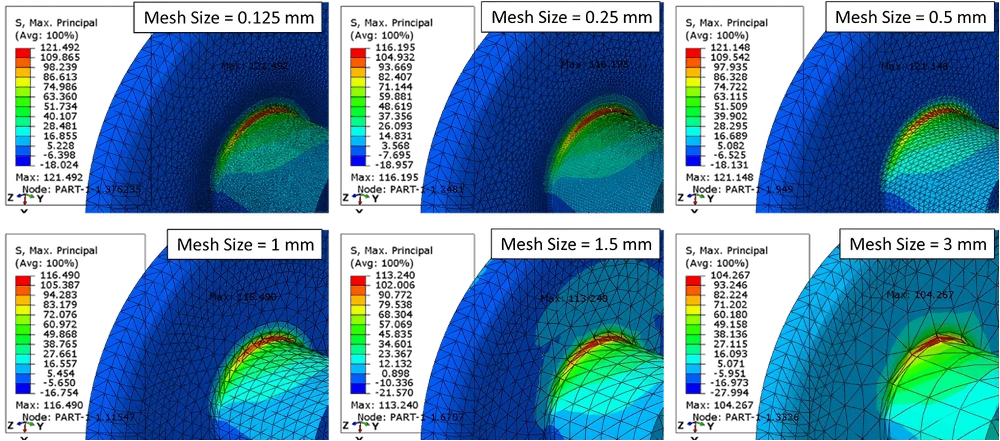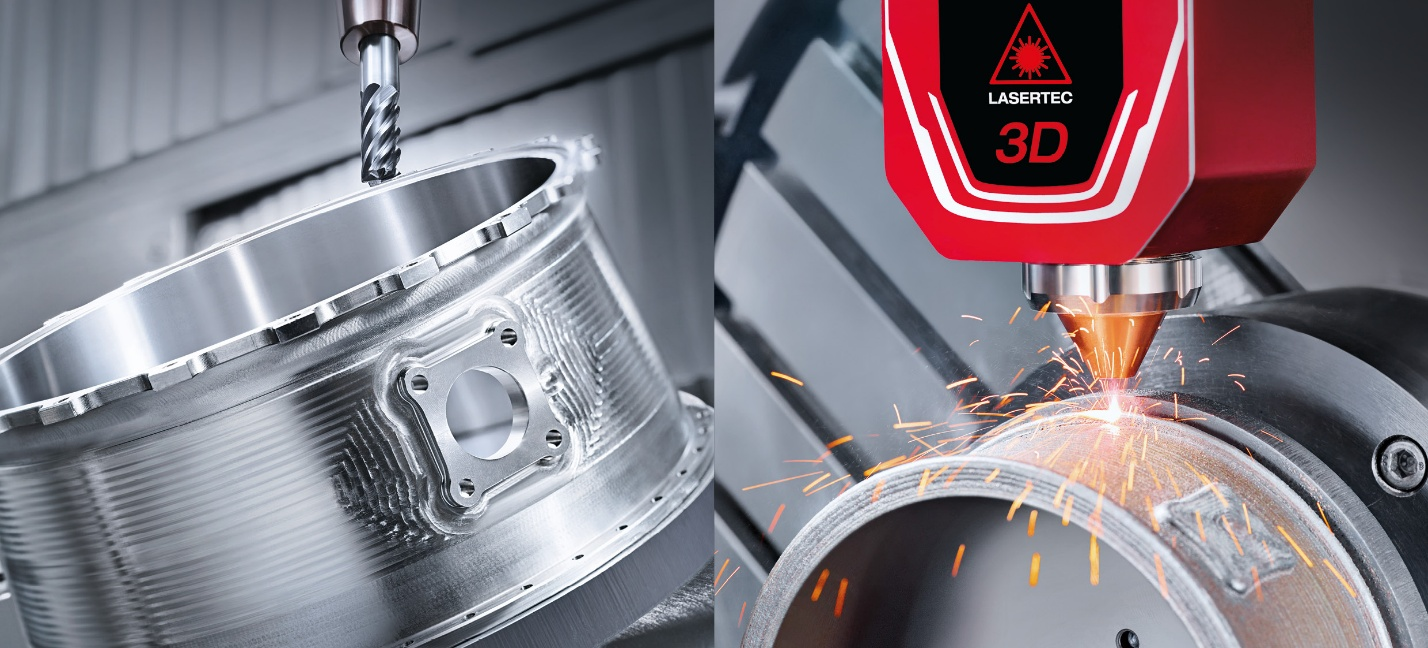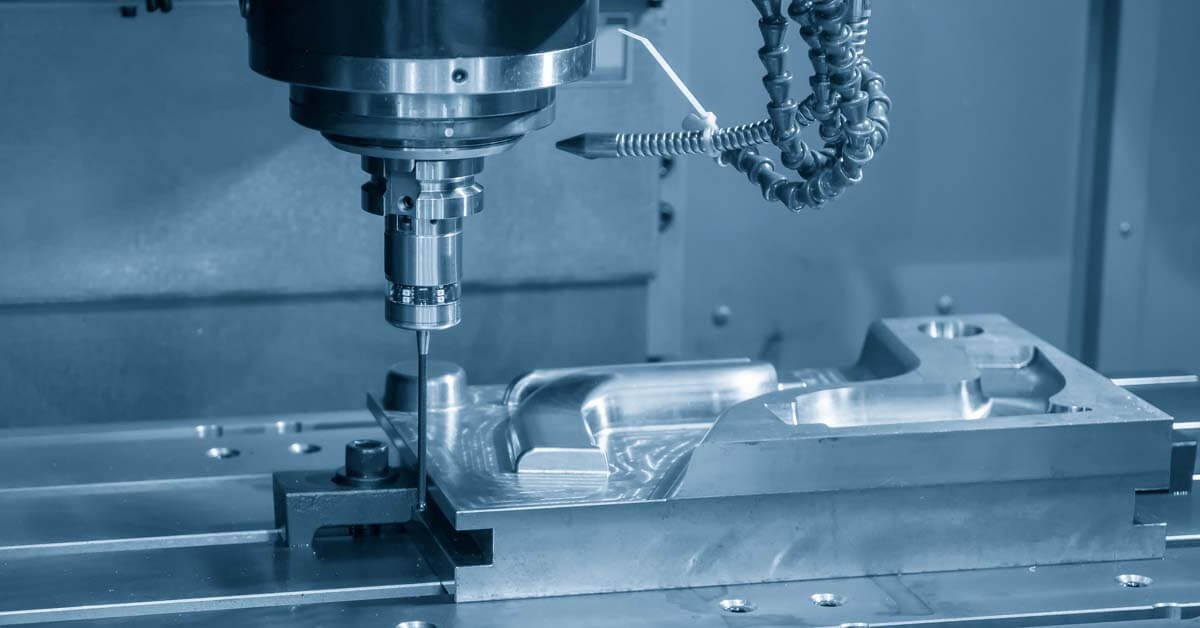
The aerospace industry is the most essential aspect of the economy; manufacturing an airplane or a minor portion of this domain requires extensive research, precision, and perfection, especially when dealing with military planes, where design complexities are at their highest. As a result, most engineers preferred to construct a prototype before mass production in order to reduce overall project costs and lead time.
Manufacturing processes are being revolutionized by technology, and everyone is concerned with increased comfort, safety, and efficiency gains. The RP Technique enables designers to generate creative designs, test different competitive materials, and customize production without sacrificing quality and precision in this ever-changing environment. This technique incorporated many processes and functionalities of the manufacturing steps, it not only helps in streamlined manufacturing but also gives control over manufacturing, which is quite important for the aerospace industry. This article further highlights the advantages of using rapid prototyping techniques for the aerospace industry.
What is Rapid Prototyping:
Rapid prototyping is a technique, that can easily fabricate a three-dimensional object with the help of a Cad file, The engineers develop a 3-D model of the desired product in engineering design software, which is mostly, Auto cad, solid works, or Ptc creo. The purpose of developing this 3-D model is to check out the design for any alteration or analysis. This 3D model design is then converted in to the command unit and fed in to the control unit for manufacturing.

Various manufacturers used different techniques for prototype manufacturing, some prefer to use, 3-D printing and some choose CNC machining, for the aerospace industry, safety features and iso standers are very high, and one has to meet international standards to achieve those marks. therefore before mass production, these prototypes are checked by expert engineers and designers, for any alterations or improvements. This process allows you to apply different techniques to figure out, the capability of your desired part and ultimately decreases overall cost and manufacturing lead time while giving access to the designer, to analyze, redesign and perform any alterations.
Furthermore, one should understand the distinction between manufacturing, fabrication, and prototyping. Fabrication is a procedure in which engineers construct a model from a prior object, whereas manufacturing is the joining of previously fabricated pieces. While prototyping is different, it comes before all of them or from where designing begins.
Importance of Rapid prototyping in the Aerospace industry:
With the advent of technology and highly expensive parts of the aerospace industry, it is a quite difficult task to innovate design alterations without rapid prototyping. The aerospace industry needs top-of-the-line manufacturing quality and safety features, for that reason manufacturers and designers, are always eager to bring something new to the market.
Rapid prototyping provides a middle ground for all of these experimental procedures, testing new materials, providing inventive designs, cost reduction, and enhancing safety features. Without the RP approach, meeting modern industrial requirements is extremely difficult. Furthermore, the absence of RP technology may jeopardise some sectors and result in ineffective and costly designs.

Benefits of Aerospace Prototyping :
The aerospace industry is revolutionizing day by day, in the upcoming decades, this industry has a lot of potential and growth, Prototyping brings a complete revolution in aerospace manufacturing, it ensures, high-quality fabrication, innovative designs, and smooth manufacturing while reducing lead time. Here is what else you can gain from rapid prototyping for the aerospace industry.
1. Freedom of Design
The most important aspect of RP technology is the freedom of design innovations and experimental prototyping; engineers are able to meet market requirements by conducting multiple research activities to assist manufacturers in reducing costs, lead time, and bringing more comfort and technological advancement to consumers.
With the development of a 3-D model of the product, designers can have a clear perspective of the final product, they can easily do alterations or any improvements if necessary, moreover by using 3-D printing technology, building a prototype is quite easy and is also a blessing for the manufacturers.

2. Inexpensive Experimenting
Experimentation and working on new ideas is always time-consuming and costly task. But the experimentation is always required to bring new designs and meet the market requirements. Rapid prototyping technology eases it a lots, and makes experimentation possible in design and innovations within the minimum budget.
Secondly, the aerospace industry is regularized by strict iso standards, and perfection is needed at every step, for that reason engineers need to test the conceptual designs and do maximum stress, aerodynamics, and fractured analysis before presenting the ideas. RP technology brings a lot of ease in testing conceptual ideas and finalizing your product before bulk production.

Material Testing and ease of production:
Testing new materials is constantly required for manufacturing advancements since certain materials increase aerodynamics, weight savings, and design flexibility, thus they must be analyzed before bulk production. This also allows engineers to compare random designs and features for better visions. RP technology also simplifies production by reducing overall manufacturing time, and the prototype saves a lot of working hours when subjected to mass production.
Team coordination and timely evaluation:
RP technology brings a lot of ease for engineers and designers as they are able to work together and have a clear vision of the final product with mutual collaboration. It also gives overall control over the whole manufacturing process. The aerospace industry requires scale prototypes and a wide range of materials for testing and analyzing designs, and engineers need liberty in it, The RP technology gives this liberty to the designers and brings a lot of innovations in the industry. For more information regarding materials and designs alterations you can consult your design team.
Conclusion:
In conclusion, RP technology brings a lot of improvement in aerospace designs, fabrication, material improvement, weight reduction, and aerodynamical improvements, and still, it is bringing a lot more prospects in this domain.RP technology underpins the aerospace industry, by bringing realistic scale models of complex designs, for examinations and approval. However, it is not a flawless technique one should consider all the pros and cons of this manufacturing technique before making any decision.







